#phasianidae
Text

Willow Ptarmigan (Lagopus lagopus), in transitional plumage, family Phasianidae, Alaska
photograph by Kristina Ellis
28K notes
·
View notes
Text
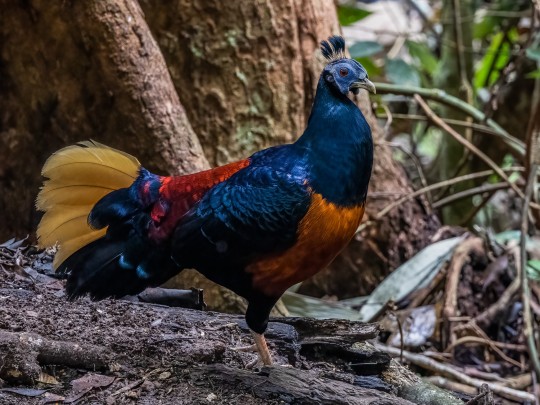

[2758/11080] Crested fireback - Lophura ...
The crested fireback has been split into the Bornean crested fireback L. ignita (top photo), and the Malayan crested fireback L. rufa (bottom photo).
Order: Galliformes
Family: Phasianidae
Subfamily: Phasianinae
Photo credit: Charmain Ang / Prof.Dr. Ahmet Karatash
#birds#Crested fireback#Galliformes#Phasianidae#Phasianinae#Lophura#birds a to z#described#bornean crested fireback#malayan crested fireback
336 notes
·
View notes
Text
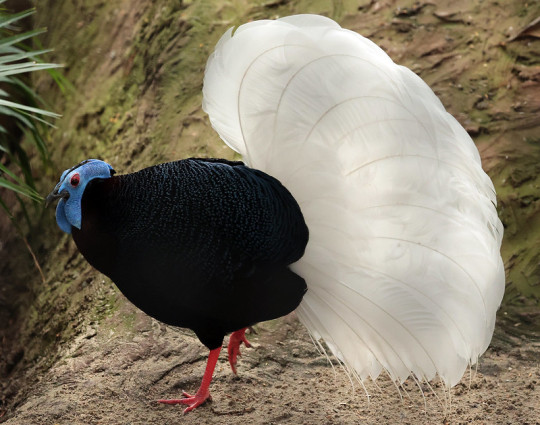
Bulwer's pheasant (Lophura bulweri) displays its tail in Pairi Daiza Zoo, Belgium
by safi kok
#bulwer's pheasant#pheasants#gamebirds#birds#lophura bulweri#lophura#Phasianidae#galliformes#aves#chordata#captive animal#pairi daiza
1K notes
·
View notes
Text

Golden Pheasant
154 notes
·
View notes
Text
Uncharismatic Fact of the Day
A partridge in a pear tree is a welcome gift- especially if you like eggs. The grey partridge lays the most eggs in a clutch of any species-- up to 20 at a time!

(Image: A grey partridge (Perdix perdix) by Tatiana Bulyonkova)
If you like what I do, consider leaving a tip or buying me a kofi!
#Grey partridge#Galliformes#Phasianidae#true partridges#partridges#game fowl#birds#uncharismatic facts
103 notes
·
View notes
Photo

Rock Ptarmigan (Lagopus muta)
© pas.sionphoto
2K notes
·
View notes
Text

[image description: a doodle of a peafowl proudly displaying its neck feathers in baby blue, hot pink and a faint white. the same colours outline a peacock's tail behind it. end ID.]
097 self made
34 notes
·
View notes
Photo

Green Peafowl (Pavo muticus)
© eddy lee
422 notes
·
View notes
Photo

Rock Ptarmigan (Lagopus muta)
Family: Pheasant Family (Phasianidae)
IUCN Conservation Status: Least Concern
Common in Arctic and Subarctic regions of Europe and North America as well as in cold, mountainous regions of Asia and central Europe, the Rock Ptarmigan is a terrestrial bird that inhabits snowy tundras and mountainsides where it lives alone or in small flocks and feeds on leaves, seeds, buds, fruits and small invertebrates. In order to avoid predation (chiefly by larger birds such as Golden Eagles) they rely heavily on camouflage, and to facilitate this their plumage changes dramatically with the season: during the spring their feathers are largely brown or grey to allow them to blend in with rocks and grass, but as winter approaches they develop a thicker coat of white feathers that makes them difficult to distinguish from the snow around them. Males of this species (such as the individual pictured above) can be distinguished from females thanks to the fleshy red “combs” above their eyes which can be extended upwards to ward off rivals intruding on their territories. During the spring mating season, the eye combs may also be used as part of a dramatic courtship display in which several males gather together and simultaneously compete for the attention of nearby females by extending their combs, stretching out their tail feathers, flapping their wings, bobbing their heads and producing a deep, croaky call.
---------------------------------------------------------------------------
Animal Advent Calendar - Day 6
Image Source: https://www.inaturalist.org/taxa/949-Lagopus-muta
#december 6th#rock ptarmigan#ptarmigan#phasianidae#bird#birds#zoology#biology#ornithology#animal#animals#north american wildlife#asian wildlife#european wildlife
255 notes
·
View notes
Photo

Rock Ptarmigan (Lagopus muta)
© pas.sionphoto
514 notes
·
View notes
Text

Himalayan Monal (Lophophorus impejanus), male, family Phasianidae, northern India
Photograph by Ajit Hota
9K notes
·
View notes
Photo
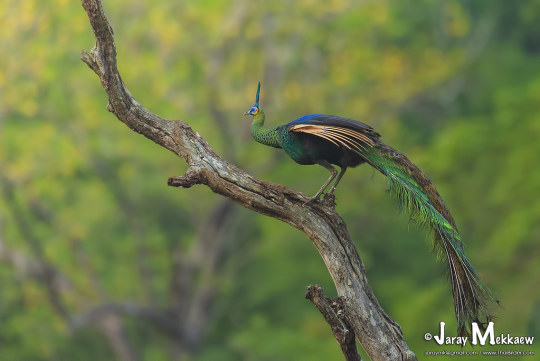
Green Peafowl (Pavo muticus)
© jaraymk mekkaew
307 notes
·
View notes
Text
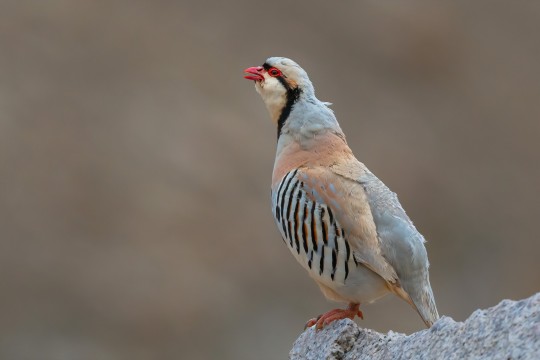
[2419/11080] Chukar partridge - Alectoris chukar
Order: Galliformes
Family: Phasianidae
Subfamily: Phasianinae
Photo credit: Rajkumar Das via Macaulay Library
#eyyy we made it#i hope anon sees this#birds#Chukar partridge#Galliformes#Phasianidae#Phasianinae#Alectoris#birds a to z#described
314 notes
·
View notes
Text

A rock ptarmigan (Lagopus muta) at the side of Denali Highway, Alaska, USA
by Alan Gutsell
#rock ptarmigan#grouse#gamebirds#birds#lagopus muta#lagopus#phasianidae#galliformes#aves#chordata#wildlife: alaska#wildlife: usa#wildlife: north america
178 notes
·
View notes
Photo
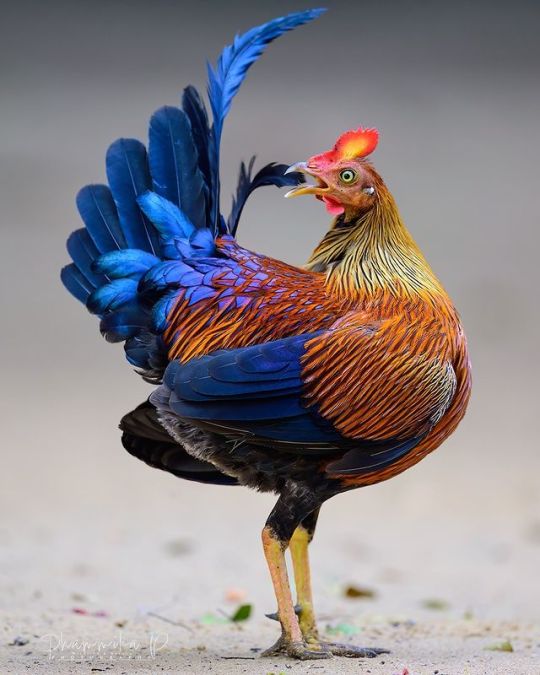

Sri Lankan Junglefowl
#sri lankan junglefowl#junglefowl#Gallus lafayettii#Gallus lafayetii#Galliformes#Phasianidae#Gallus#bird#upl
175 notes
·
View notes
Text
Uncharismatic Fact of the Day
Like most game birds, pheasants can't fly very well, but that doesn't stop them from trying! When threatened, the ring-necked pheasant can explode upwards, reaching a top speed of 25 kph (40 mph); this is enough to propel it a good 183 m (600 ft) away from potential predators-- and should they be pursued, they can run along the ground at speeds of up to 16 kph (10 mph).
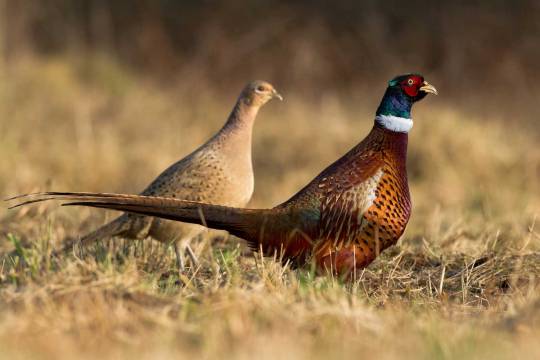
(Image: A female (left) and male (right) ring-necked pheasant (Phasianus colchicus) by Marcin Perkowski)
If you like what I do, consider leaving a tip or buying me a kofi!
#ring-necked pheasant#common pheasant#Galliformes#Phasianidae#typical pheasants#pheasants#game birds#game fowl#birds#uncharismatic facts
136 notes
·
View notes